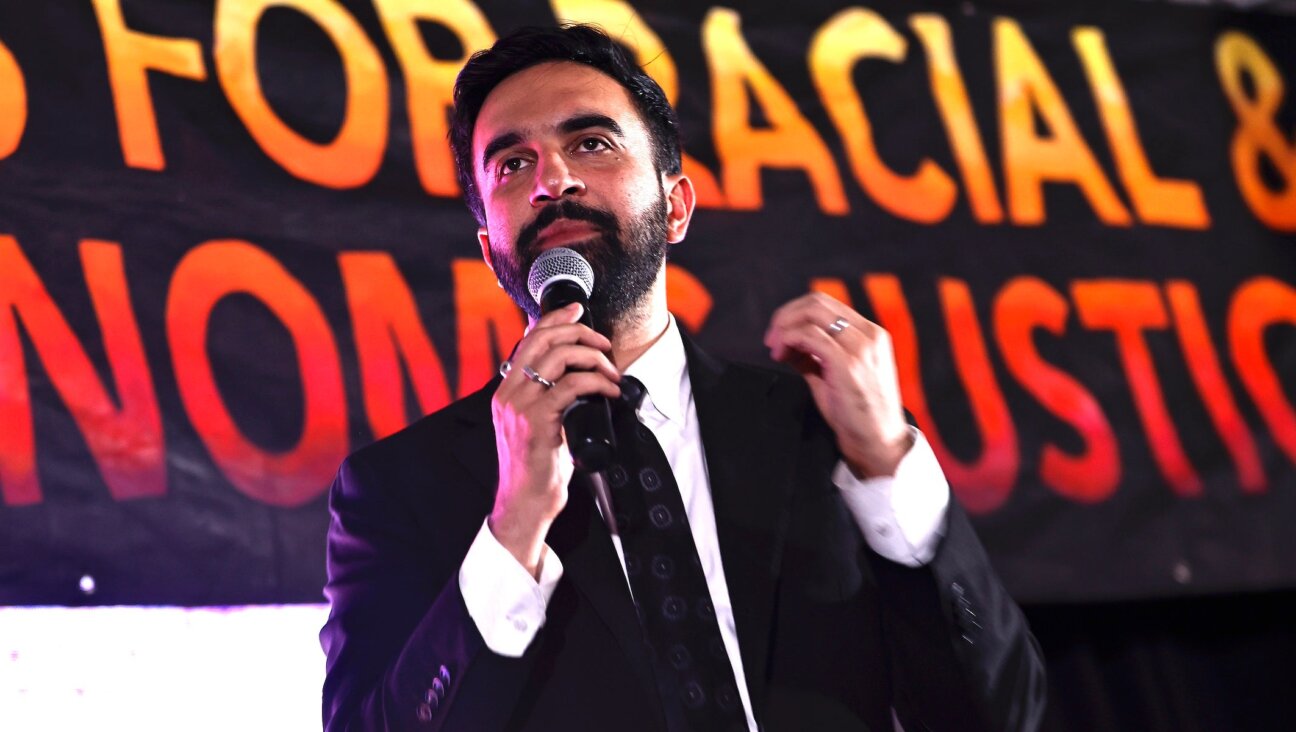The Lessons of 1492
The historian Américo Castro disliked the term “Siglo del Oro”— the Golden Century — when applied to the period of artistic expression and transatlantic colonization that swept the Spanish Empire from 1492 to the dawn of the 17th century. He wondered: what is golden about those hundred years? Sure, the comedias of Lope de Vega, the two installments of “Don Quixote,” the culteranismo of Góngora and conceptismo of Francisco de Quevedo are sublime. By all accounts, though, this was an era of treachery and deceit.
The authentic Golden Age, so to speak, might have taken place earlier, not in the Renaissance but in what was once called the High Middle Ages, after Adb al-Rahman of the Umayyads dynasty left Damascus in the direction of Europe and slowly gave room to a time of enlightenment. From 755 to roughly 1391, an interval of tolerance reigned in the Iberian Peninsula. Jews, Muslims and Christians existed in a relatively composed state of convivencia — in English, cohabitation. Tolerance, from the Latin tolerare, is, in the definition of the Oxford English Dictionary: “The action or practice of enduring or sustaining pain or hardship.” It adds: “the power or capacity of enduring.” People today apply to the word a dose of benign forbearance: To tolerate is, simultaneously, to admit and permit others to be different, unlike us. But there is little compassion and much dispassion in it. Castro talked of the 16th century as the “Edad Conflictiva,” e.g., the Age of Conflict. Perhaps we should do the same about the period of cohabitation. In it the three major Western religions recognized the other, though they never approved of each other. Theological disquisitions such as that of Petrus Alfonsi (“Disciplina clericalis”) championed Jesus Christ over Moses and Mohammed. And again, to return to what in Russian would, almost a millennium later, be called a pogrom: In 1066, there was another massacre of Jews in Granada; and, in waves, others took place until the expulsion by the Catholic monarchs, Ferdinand and Isabella, in 1492. Tolerance gave place to hate; cohabitation, to eradication.
Some people see as a counterpart to this flourishing of Jewish culture the expansion that took place in Austria and Germany between 1850 and the rise of Adolf Hitler. Those who hold such an opinion argue that a third period of astonishing artistic and scholarly growth is currently under way in the United States. This is true, but one should not fall victim to a mirage. The three periods are not of the same caliber: Whereas Spanish Jews (Samuel Hanagid, Yehuda Halevi, Maimonides, et al.) were at once polymathic and polyglotic, and likewise German and Austrian Jews (Gershom Scholem, Hannah Arendt, Walter Benjamin, et al.), Jews in America are disturbingly monolingual and not as cosmopolitan as they believe themselves to be. In any case, a lesson might be learned from the comparison. Just as the cohabitation in Spain, as well as Austria and Germany, came to a sudden tragic close (and, prior to them, those in Palestine and Babylon), is tolerance in the United States — e.g., the Jewish vibe, in particular — doomed, too? I, for one, believe so. Nothing lasts forever, surely not democracy as a system of government. The American Republic is predicated on the principles of equality, dignity, and… yes, tolerance. But humans are by nature prejudiced. And minorities, the Jews principally, might become a scapegoat. Hatred toward them, not as stringent inside the nation, is rampant abroad, in the Muslim world in particular. In a universe such as ours where nothing is purely local anymore, these signs are frightening and ought not to be dismissed easily. In the eyes of millions in the Levant, America and the Jews are interchangeable, and, as such, should be treated as a single target of animosity. From animosity to terror, the steps are but a few.
For decades Homero Aridjis (b. 1940), a Mexican poet of Greek descent, known widely for his environmental activism and as president of P.E.N. International, has focused his attention on the dilemma of endangered species (human, fauna and flora) in habitats threatened by modernity. On occasion, this focus has zoomed in on the arch of Jewish life in the Hispanic orbit, where Aridjis sees the Jews not only as an organism capable of magical self-generation but also as a metaphor of endurance and fortitude. The results of this focus are, for the most part, outstanding: In the bilingual selection of Aridjis’s poetry done by his wife and translator Betty Ferber and by George McWhirter under the title “Eyes to See Otherwise/Ojos de Otro Mirar” (New Directions, 2001), there are a handful of poems where Jews are portrayed as champions of remembrance in a landscape of forgetfulness; and Jewishness as a culture imbedded in the dialectical struggles between light and darkness and home and diaspora is at the nucleus of Aridjis’s best-selling novel “1492: The Life and Times of Juan Cabezón of Castile,” originally released in 1985 and also translated by Betty Ferber. (In 1988, Aridjis produced a sequel: “Memorias del Nuevo Mundo” — “Memories of the New World” — still unavailable in English.)
It is difficult not to read “1492” as a mirror of the present. Its protagonist, one Juan Cabezón, is a descendant of conversos (which, by the way, is the equivalent of a morisco aljamiado, a term that refers to converted Muslims). His identity is rooted on make believe: Am I who I believe I am or who others trust me to be? As he traverses Spain, Cabezón (in Spanish, literally “big head”) realizes that almost everyone is fissured by the same question. This is, in parallel fashion, a renaissance and a modern book, since Aridjis builds his narrative as a series of camouflaged tributes.
More than anything else, though, “1492” is an opportunity to revisit everyday life in the Jewish communities of Iberia over a century: from 1391 to the departure in the caravel Santa María of the Genoese admiral Christopher Columbus. Tolerance and cohabitation palpitate in the background, and so do hate and eradication. Aridjis ends his tale with the transcript of the Inquisitorial trial in abstentia against Isabel de la Vega and her brother Gonzalo. Their crime: apostasy and heresy. These concepts, dismayingly, are infused today, more than 500 years after Juan Cabezón set out from Castile to look for answers, with enormous power, among other places in fanatical regions of the Arab civilization, where traitors and aggressors are equally punished with death; and in the United States, where no less devout a people show little patience for those who are “uncooperative” and “uncivilized.” In unison, one hears shrieks from east to west and back: “Death to the enemy!”
Whatever happened to dissent as a part of dialogue? Are we at the twilight of yet another age of prosperity?
Ilan Stavans is the Lewis-Sebring Professor in Latin American and Latino Culture at Amherst College. He is the editor, most recently, of “The Poetry of Pablo Neruda” (Farrar, Straus and Giroux). This is an abbreviated version of his introduction to “1492: The Life and Times of Juan Cabezón of Castile,” by Homero Aridjis, recently published by the University of New Mexico Press in the “Jewish Latin America” series.














